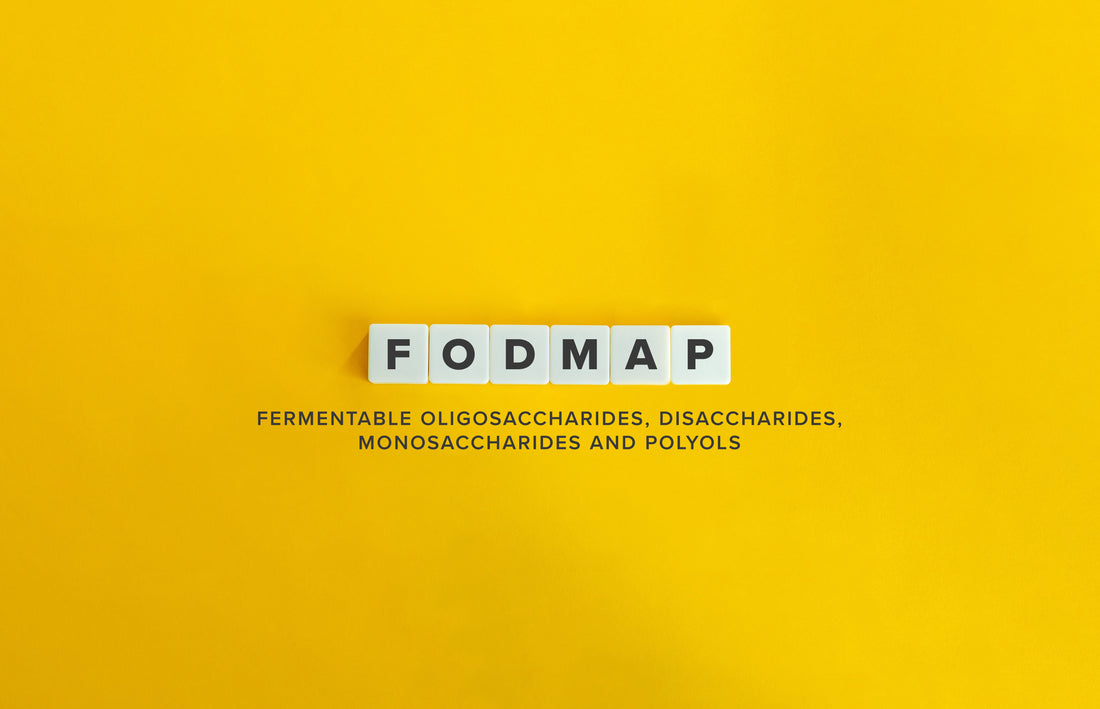
Low Fodmap Foods vs. High Fodmap Foods
Understanding FODMAPs could be the way to decoding your gut’s secret language.
You’ve probably seen this term 'low fodmap' around the brand… So, what even are FODMAPs?
F - Fermentable
O - Oligosaccharides
D - Disaccharides
M - Monosaccharides
A - And
P - Polyols
Translation: Those tricky carbs that can turn your plans & your stomach upside down because of a digestive rollercoaster.

When these carbs hit your system, scientifically, they do 2 things:
- They draw water into your intestines, hello bloat!
- They ferment in your gut, creating gas that can make you feel… well, uncomfortable.
High FODMAP foods are often higher in fiber, which can be beneficial yet hard for individuals with IBS, SIBO or other digestive sensitivities to break down; which can cause more harm than good.
Signs You Need to Care About HIGH FODMAP foods:
- Often bloated?
- Experience consistent, frequent gas?
- Random, sharp stomach pains?
- Bathroom discomfort?
An important nuance to understand is that many people with digestive sensitivities can definitely still tolerate small amounts of high FODMAP foods. The key is portion control, everyone’s tolerance differs, and timing matters, aka spread them throughout the day.
The only time FODMAPs are specifically discussed in diet planning is when:
- Following a low FODMAP diet to identify trigger foods
- Reintroducing FODMAPs gradually after an elimination phase
- Managing specific digestive conditions like IBS
Low FODMAP diets are used therapeutically to manage digestive symptoms, great options for IBS patients and/or those with other underlying digestive illnesses.
Making sure that you are still getting enough daily soluble and insoluble fiber is the key to making sure this diet doesn’t impact your gut microbiome diversity.
Preme aims to offer anti-inflammatory, low FODMAP and FODMAP friendly snack options that also contain prebiotic fiber for the growing number of people facing digestive issues.